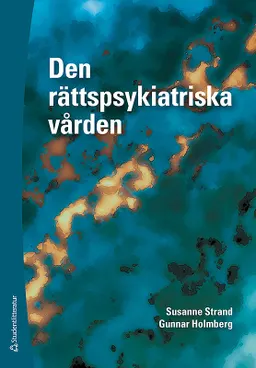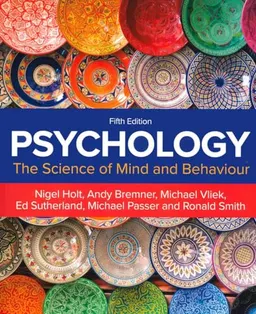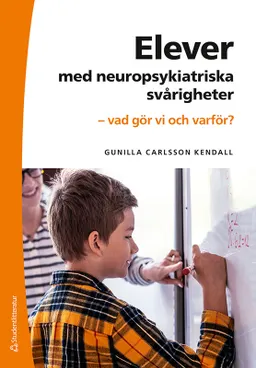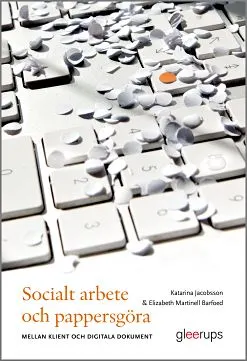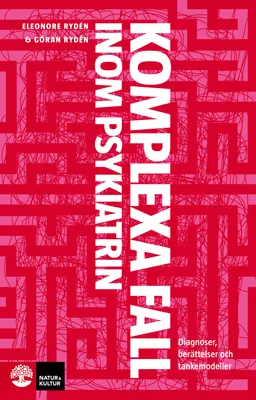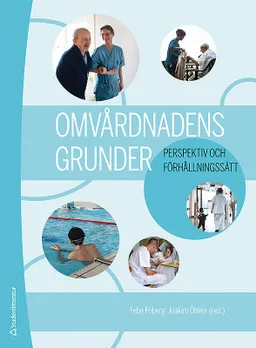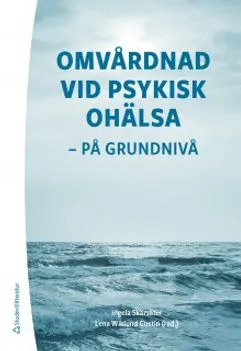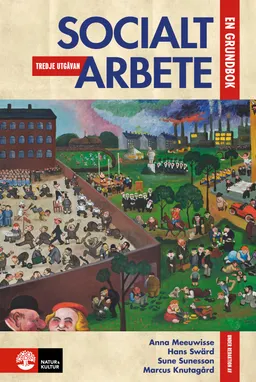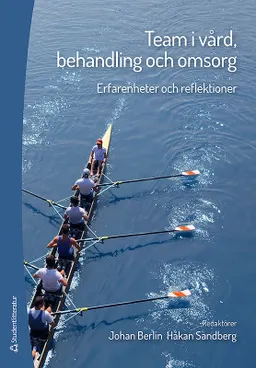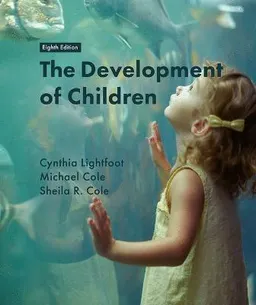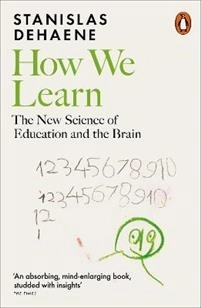

How We Learn - The New Science of Education and the Brain
- Utgiven: 2021
- ISBN: 9780141989303
- Sidor: 319 st
- Förlag: Penguin Books Ltd.
- Format: Häftad
- Språk: Engelska
Om boken
Åtkomstkoder och digitalt tilläggsmaterial garanteras inte med begagnade böcker
Mer om How We Learn - The New Science of Education and the Brain (2021)
I januari 2021 släpptes boken How We Learn - The New Science of Education and the Brain skriven av Stanislas Dehaene. Den är skriven på engelska och består av 319 sidor djupgående information om data. Förlaget bakom boken är Penguin Books Ltd..
Köp boken How We Learn - The New Science of Education and the Brain på Studentapan och spara pengar.
Tillhör kategorierna
Referera till How We Learn - The New Science of Education and the Brain
Harvard
Oxford
APA
Vancouver
